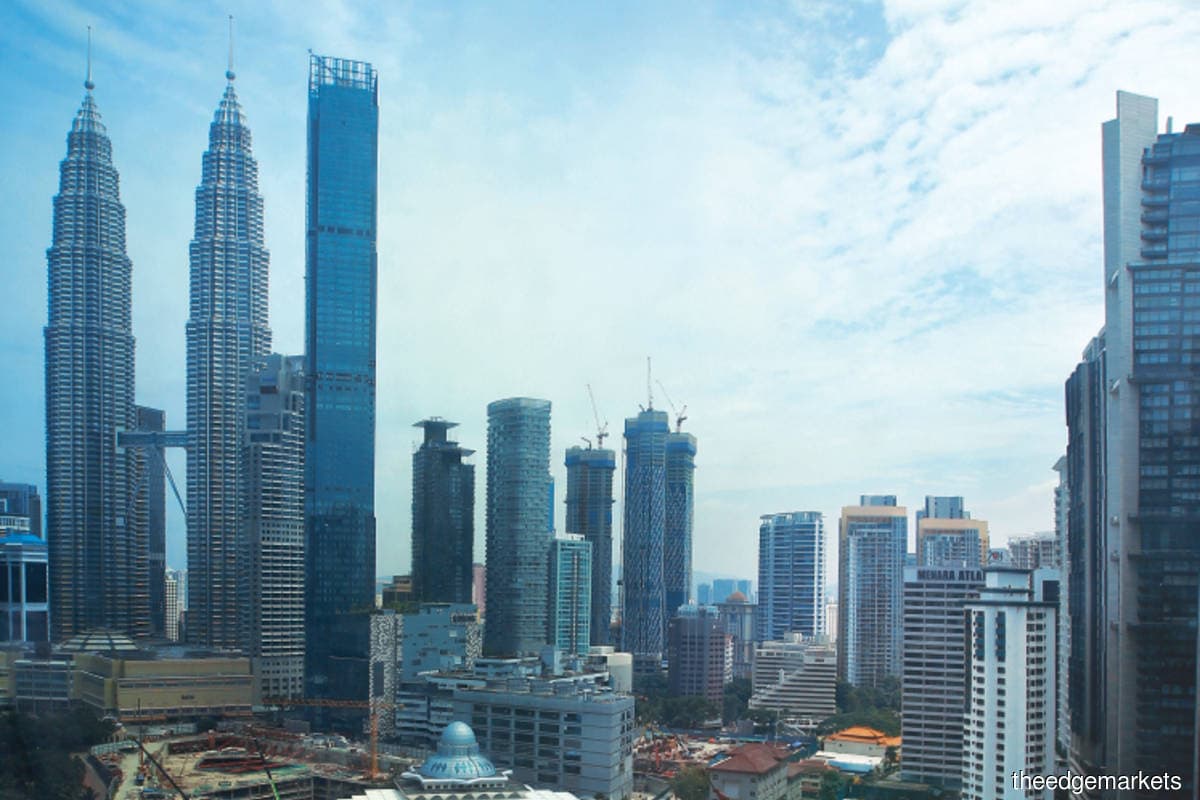
KUALA LUMPUR (July 27): The housing and property industry needs to address three key challenges — sustainability, innovation and technology — in the recovery of the industry and economy in the post-pandemic era, according to KSI Strategic Institute for Asia Pacific president Tan Sri Michael Yeoh.
In his welcome remarks for the 2021 Malaysian Housing and Property Summit titled “Resetting and Rebuilding the Housing and Property Industry In the New Normal” on Tuesday, he noted there is a need for the industry to chart its course to get the economy moving again.
“Many livelihoods and businesses have been affected, and we need to work together for the recovery. We also need the government to be more responsive to the needs and consideration of the business community, [working] together with the private sector. This collaboration is essential… and the property and housing industry can take the lead in building the economy,” he said in the welcome address.
“For sustainability, we need to ensure that we are able to remain sustainable, as sustainability is important for the housing and property industry. Secondly, the industry needs to be innovative. We need to be able to develop innovation because it will be key in reshaping the industry. Lastly, technology is a great game changer for all economic sectors. The housing and property industry needs to be able to embrace technology to perhaps a faster rollout of IBS [industrialised building system], so as to ensure that technology is further embedded in the industry.”
The virtual summit was organised by KSI Strategic Institute for Asia Pacific, and co-organised by International Real Estate Federation (Fiabci) Malaysia. More than 270 participants have registered for the one-day summit, which consisted of four sessions.
Fiabci Malaysia president Datuk Seri Koe Peng Kang in his welcome note urged the industry to persevere and move forward, as it is at the end of the tunnel, following possibility of the country reaching herd immunity by October, which will then allow for the reopening of the economy.
“We are at the end of the tunnel and the economy will reopen when we hit the herd immunity, so don’t give up. Napic’s (National Property Information Centre) data shows that 2020 is doing better than 2019, with lower overhang. Also, today, we need to change our mindset, so we can move forward. We have to create certain innovations in the way of doing things, in order to suit market demand. Today, the design philosophy is healthy lifestyle, sustainability and most importantly, digitalisation,” he added.
“Fiabci will also talk to the government about MM2H (Malaysia My Second Home), which is an attraction to high-end properties. We need to formulate the policy to get the industry to move forward. Let’s move on and let’s be optimistic.”
In delivering her opening keynote, Minister of Housing and Local Government Datuk Zuraida Kamaruddin noted that developers have adjusted their business strategies to suit the market recession to stay competitive as well as to withstand the economic challenges and uncertainties. She believes that developers have adapted to the new norm in the post Covid-19 business environment.
Nevertheless, she reckoned that properties may not necessarily be more affordable in the post-pandemic era.
“One should realise that houses may not necessarily be more affordable in the post Covid-19 era. This is because, during the economic crisis, not only is the housing market going through adjustment, but other markets are also doing the same, particularly the labour market and the financial sector,” she said.
“Wage growth could be lower or zero during the crisis, and unemployment rate could hit a higher level than any other periods, leading to negative household debt-servicing capacity. Meanwhile, banks are likely to tighten their lending conditions to reduce their exposure to a higher risk of possible default from mortgage payments, making it even harder for first-time home buyers to enter the market.”